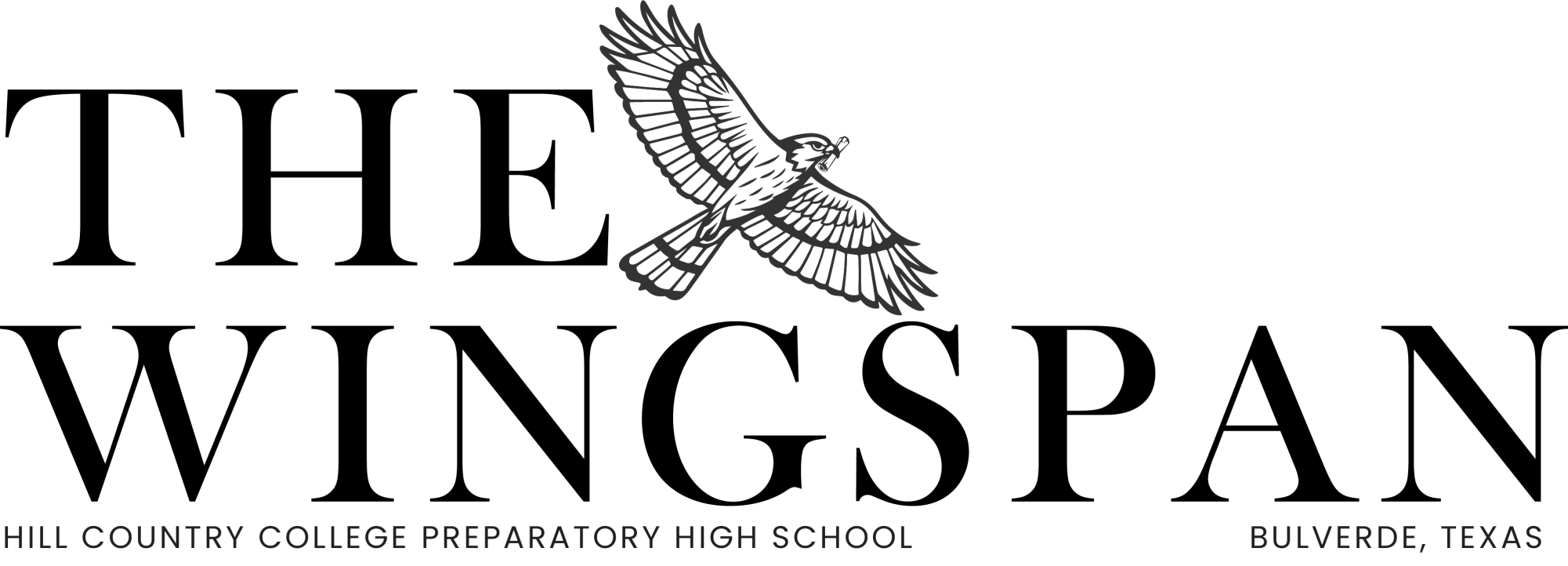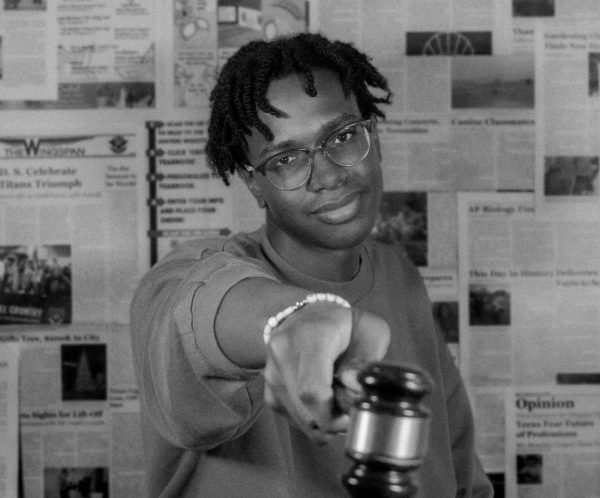On Sept. 2, San Antonio BEST (Boosting Engineering Science and Technology) kicked off its 2024 robotics season marking the 30th anniversary of the oldest active robotics hub. Students from the 28 participating teams met in the athletic complex of St. Mary’s University to learn about the upcoming season and to unveil the details of the year’s game theme.
“This is like the most complex game I think they’ve ever made,” Oluwaseun Olufemi, coding and design branch member, said. “ This thing’s going to be crazy. Not only is it super complex, but you also have to work with other teams.”
This year’s game theme is called “Incision-Decision,” and despite being shelved for two years due to its unfortunate timing with the coronavirus pandemic, this year’s competition makes some major additions to the typical format.
Matches are played on the standard 24 x 24 foot game field and in line with the season’s medical theme, it’s called the “Simbody.” The ”Simbody” contains different ‘organs’ that teams can do procedures on. Teams are tasked to construct a robot that is capable of performing as many procedures as possible and gaining points upon their completion, with teams sending out a new driver and spotter for each round. Each ‘organ’ has multiple procedures that can be performed on it, with some procedures being worth more points than others.
Where “Incision Decision” truly starts to distinguish itself is in the new additions to the rule set. The brain, for example, can only be operated by a separate robot that moves autonomously, and teams are allowed to put a camera on their robot to see in blind spots.
“It’s pretty cool, I think it’s interesting, doesn’t seem too hard to be honest,” Olajos, head of the Hill Country robotics strategy branch, said. “A lot of these things you can easily pick up, and move around and knock out, you know, should be easy.”
The biggest change from last year’s competition is that instead of having teams compete against each other on the field at the same time, this year’s competition requires each team to pair up with another team in a two versus-two format. Teams must now communicate with each other and plan how to tackle each round, gaining extra points based on the procedures completed by their partners.
“There are so many things you can do to get points, our robot can kind of have more flexibility with what it can consist of,” William Olajos said. “We’ll be able to specialize in specific tasks to get a lot of points.”
The 28 teams will work on their robot until the day of the competition where they will be evaluated on five criteria: the engineering notebook, marketing presentation, team exhibit and interview, spirit and sportsmanship, and robot performance. A team’s performance in these five categories makes up their BEST score, where the teams that perform the best are selected to participate in the Texas BEST state competition.
Despite it being a robotics competition, of the five categories that make up the BEST score, the engineering notebook is weighted most heavily in the overall score and is the minimum requirement to participate in SA BEST.
The engineering notebook serves as a team’s digital diary in some respects, cataloging a team’s journey through the robotics season. The marketing presentation is held the day before the competition, where a group of students from every robotics team markets their robot to a panel of three judges. This year is the first year where parents can sit in on the presentations with approval from the robotics team.
The team exhibit is essentially a visual version of the engineering notebook with a higher emphasis on marketing. Teams are tasked to make an 8 x 4 x 8 foot exhibit that represents everything the team did that year and that markets the robot. Judges then view the exhibit on game day and ask the students about the robot, the building process, and other details.
“I think we really need to step up our game in the exhibit department,” Jacob Bautista, marketing branch member, said. “Last year our design, while it was sturdy, the actual design and how it related to the theme was lackluster.”
Spirit and Sportsmanship are scored based on a team’s game day cheering, spirit wear, mascot or cheerleaders, etc., in addition to a team’s willingness to help out other teams.
After the competition, the teams with the highest BEST scores earn a UIL spot and move on to Texas BEST, the state-level competition. The remaining teams with the highest BEST scores also get to advance, while the remaining slots are allocated to the teams with the highest competition scores.


